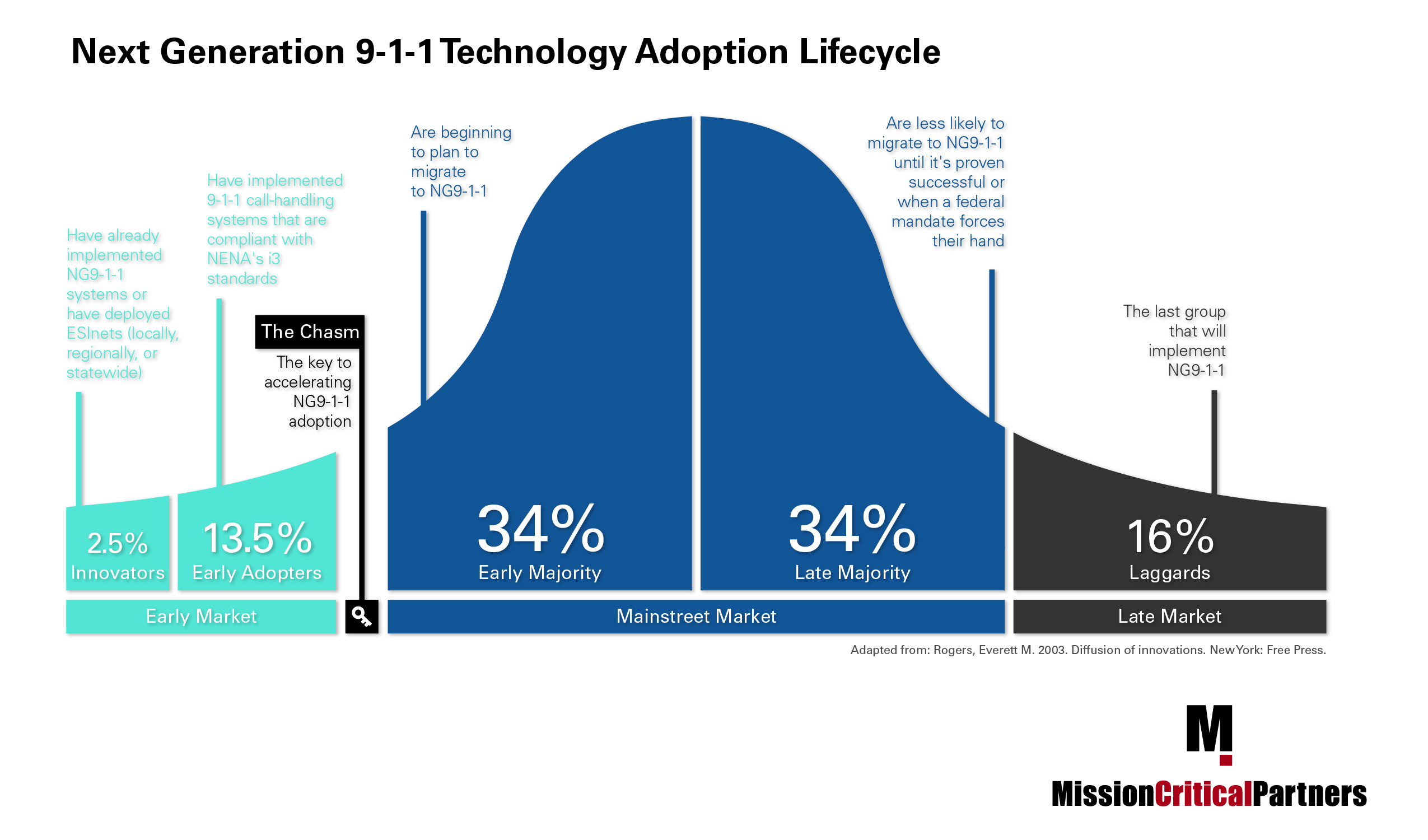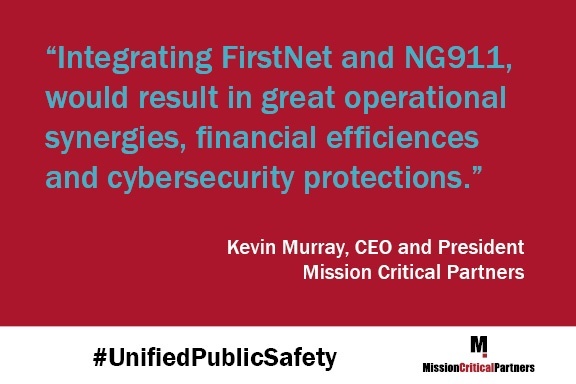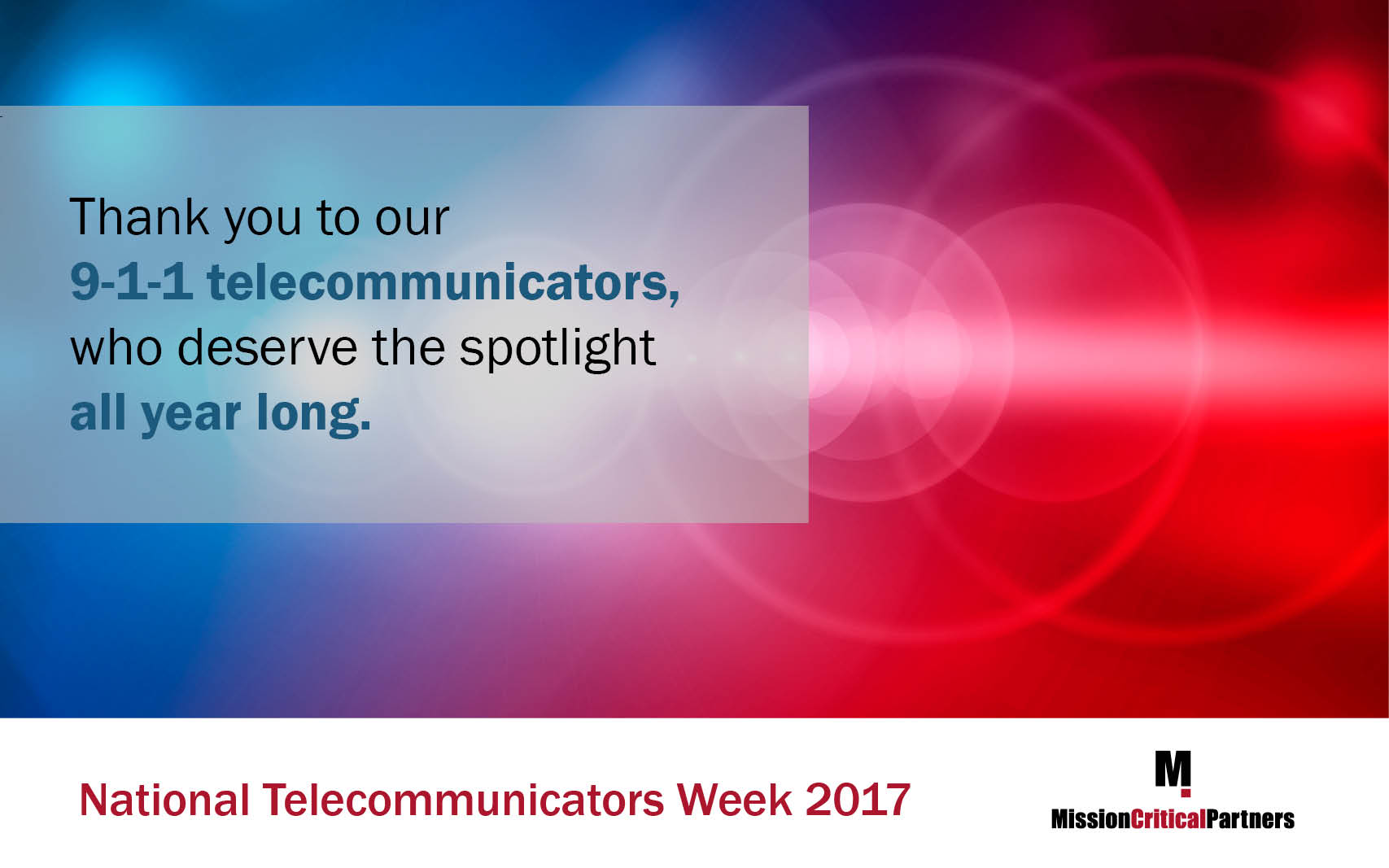'A' Player Traits and How to Spot Them Using a Prescreen Interview
A previous post presented, on a high-level, the approach we take to finding the A players for our public safety communications careers, known as “Topgrading,” a methodology developed by Dr. Brad Smart, who is considered by many to be the world’s foremost expert on hiring practices. This article will explore some of the nuances of Topgrading, and contains tips for public safety leaders looking to find A players to add to their organization.
Unlike the yeti, the A player is no mythical creature. Indeed, the A player—who is defined as a person among the top 10 percent of professionals in his or her chosen field—has numerous discernible traits such as:
- Best-in-class achievements—A players are results driven, exhibit consistently excellent performance, and often are award winners
- Superior problem-solving abilities—A players are quick studies and able to perform complex analysis
- Outstanding leadership skills—A players not only are self-starters, but also self-leaders; typically, you give them a direction, and then get out of their way; they are highly adaptive, they execute needed change, and they inspire others to higher levels of performance
- High passion and energy—A players are driven to succeed and work at a fast pace; they will do whatever it takes—within the bounds of ethics—to get the job done.
Having a roster of A players is vitally important to every organization, but none more so than public safety agencies, which every day encounter situations where lives are on the line and every second counts. So, how does one identify the A players in the public safety sector? It all starts with the Topgrading prescreen interview.
Topics: Life at MCP, Operations, Staffing














